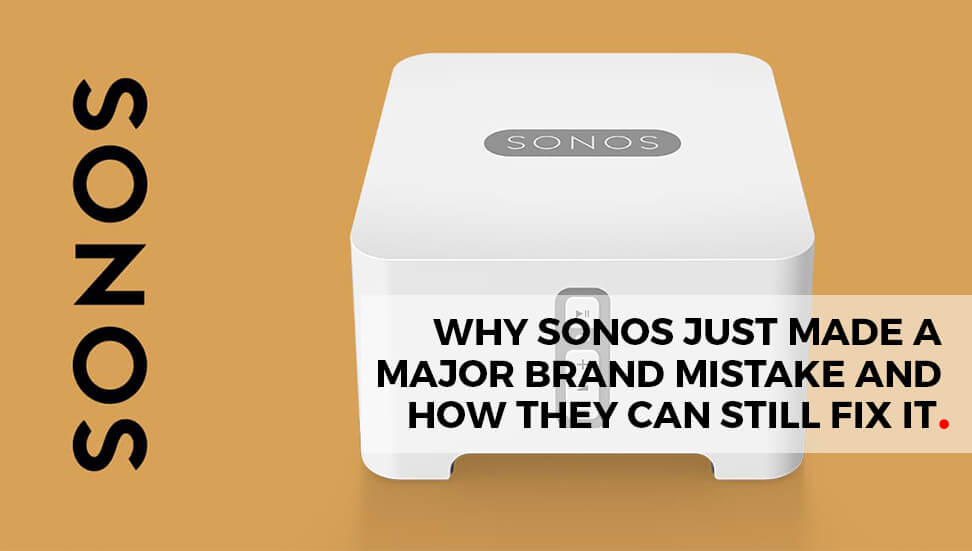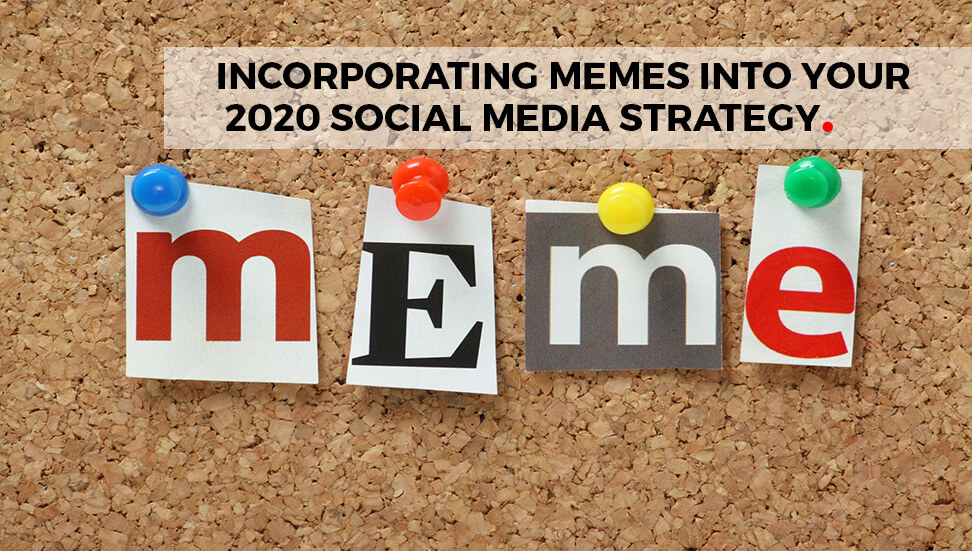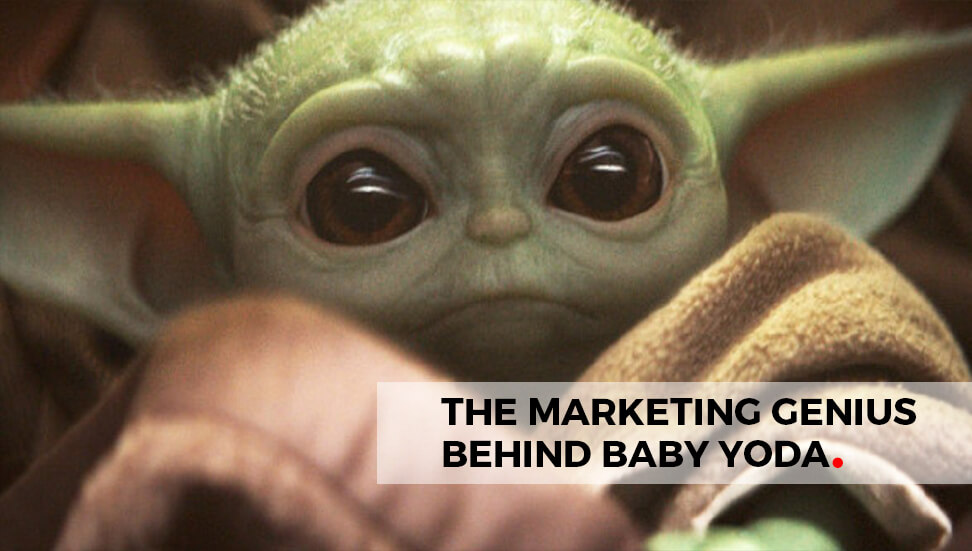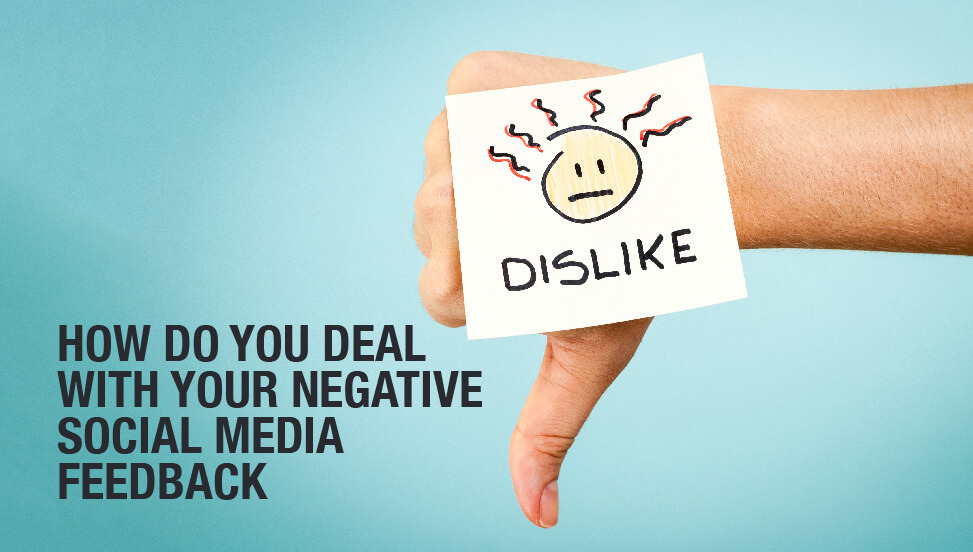“You’ve made enemies? Good. It means you stood for something”. Winston Churchill.
It happens. If you’re in business and are doing your job, something will happen and you will experience negative feedback. Things break, people have bad days and problems come up. Even if you’re perfect at everything, nothing may happen – and you may experience negative feedback anyway. It’s part of dealing with people. The key of brand integrity is not to avoid getting negative feedback (it’d be easier to try and staple maple syrup to a flag pole than succeed at that) but how you handle the negative feedback. If you’re proactive and skilled, the chances are you can easily turn it into positive experience and create loyal customers out of it. And it’s not as difficult as it would first appear to be.
Social media is a powerful vehicle for opinion. In essence it is a hot bed of gossip and just like print, bad news sells quicker than good, so a negative comment or feedback will spread much quicker than any of your philanthropic deeds. You need to be consistent and vigilant to contain any damage from negative feedback, and employ a few age old customer service skills and remember every negative customer is an opportunity.
Embrace the negativity. By rule of thumb, a satisfied customer recommends your product to five friends. A customer won back after a negative experience recommends you to ten. Expect that negative comments will come and can be a great opportunity and you won’t be subject to a knee jerk reaction when it happens. It’s easy to be offended and wade in with all guns blazing to protect your honor, but hardly professional. Relax when it comes and look for the positive leverage, you’ll find it.
Be where your customers are. Whether you hear them or not, social media conversations are going on about your product. Be where your customers are and listen for them. You don’t have to be active in all the places your customers are, but frequent forums and communities and lurk to see what is being said. Set up google alerts, read reviews carefully and keep a close eye on your all your social media and you’ll be on top of anything negative that comes up. It’s far easier to nip any issues in the bud than to try and turn round a small problem that has been made into a plague of biblical proportions.
Remember the Thumper rule. What was it Thumper said in Disney’s film Bambi? If you can’t say nothin’ nice, don’t say nothin’ at all. When something comes up, stop, think and roll. The first thing you have to ask yourself is, ‘Is it worth a reply?’ There are some critics that aren’t worth winning over.
If the comment is on a little known, mostly unfrequented online forum then it may be worth leaving it well alone. Any response may bring attention to the problem and quickly escalate it. The chances are that no one saw it anyway.
If the comment is clearly an unprecedented rude and outrageous attack then as hard as it is, say nothing. Readers will see that poster has a personal problem that no amount of negotiation will resolve. You will increase your integrity and credibility by your eloquent silence.
Some posters can roam social media looking to pick a fight, especially with an up and coming brand. Get to know who they are and avoid them.
Be Quick. As a general rule silence is not golden when a problem is brewing. As soon as a potential problem comes up, acknowledge it. Recognize the individual and make sure they have your name and details to get in contact. By being acknowledged and having a person to talk to as a point of contact, you are giving the critic a path that takes away any reason to vent online.
Be human! This is no time to copy and paste the fine print from your terms and conditions; nothing will escalate the problem quicker. Learn how to handle people with tact without apportioning blame, deal with it politely and efficiently as one friend to another.
Be sincere. Hold your hand up and be humble when you need to apologize – or don’t apologize at all. Be honest, sincere and if you have to, downright contrite. People can forgive a mistake, but they can’t forgive arrogance.
Talk is cheap. If you have the opportunity, make it right. In a private conversation ask what you can do to make it better and then be true to your word. Each customer will be different but make sure that you truly listen to what will resolve the issue and promise only what you are able to do. Make sure it’s a private conversation or you may open yourself up to people starting a fight just for what they can gain…
Don’t be afraid to walk away. Fighting with a customer will never achieve a thing. As soon as you pick up the gauntlet people will see you as a prize fighter and remember you as that. Have a conversation with the critic and avoid any contentious issues always looking to make progress. Don’t be afraid to excuse yourself for a task related to the issues, confirming you will be back to discuss it again. This gives them time to cool off and you can restart the conversation when it will be less heated.
Learn how to skate the fine line. IF you can keep the conversation all online in the original forum it was presented on – DO! People need to see how the criticism was received and resolved, and that’s where building up your credibility comes in. By seeing the problem from conception to closure, people can trace what was done and what kind of ethos your brand has. But watch out for overly aggressive situations that need to be dealt with in a private setting. These can still gain traction and draw people in. Resolve the situation and then post an apology on the original platform explaining what you did. Once again people can see how it was handled which increases confidence and credibility.
Get everyone in on the fix. Draw on other sources, draw on the forums, ask people for ideas on the solution to the problem. Keep a firm control on the input as if it goes out of control you’ll have a bigger problem on your hands. Make the whole issue a team building experience if you can, but be wise. Know when to push, when to pull and when to pull the plug.
By using these points you are following a simple formula, it’s all about being open, honest, apologetic (when needed) and offer solutions. These four points applied to any problem in social media will not only resolve the issue, but will elevate your company image and create loyal customers that will stick to your brand – and bring many others with them.






























